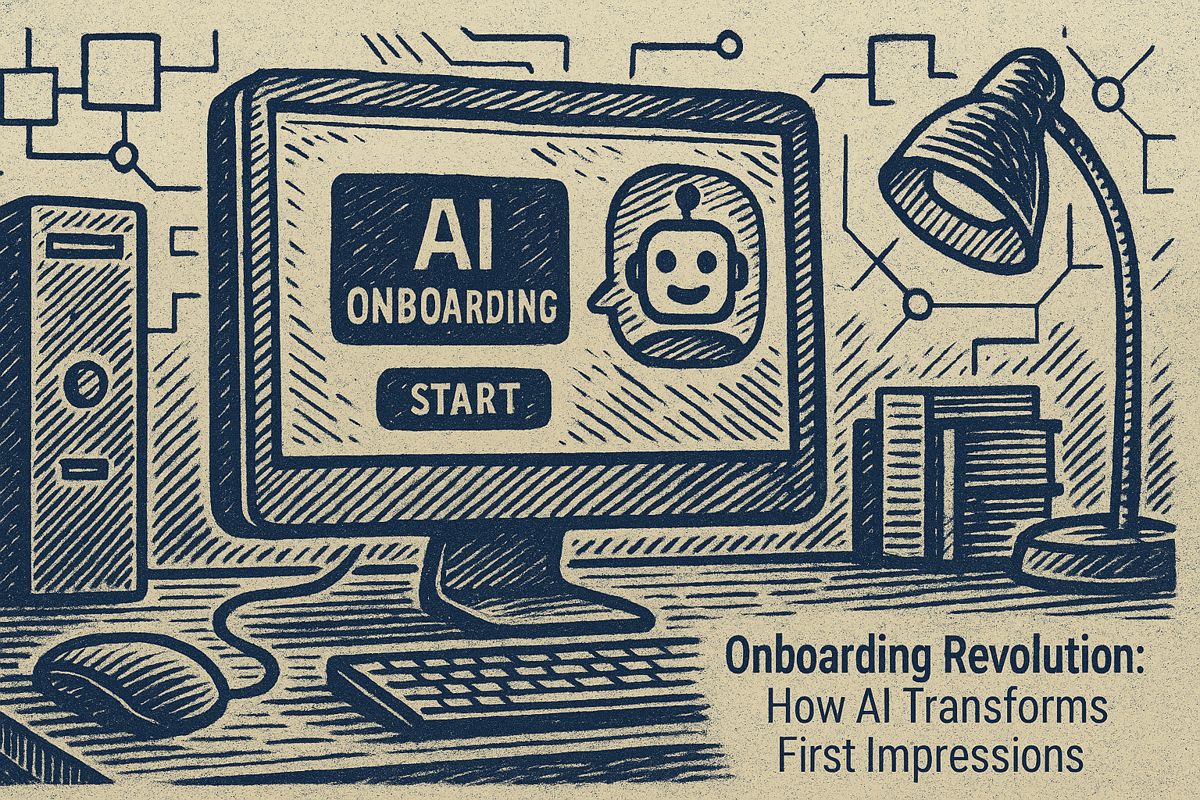The 4D Framework helps AI startups in 2025 succeed by focusing on four key steps: Direction, Differentiation, Design, and Deployment. Startups must pick a strong advantage early – like unique data, trusted relationships, or wide distribution – and make sure their product gives value fast and cheaply. Teams that follow this plan test ideas quickly, lower costs, and use smart pricing to stay profitable. The best products use the 4D Framework to avoid running out of money and to keep growing while others fail.
What is the 4D Framework for building successful AI products in 2025?
The 4D Framework – Direction, Differentiation, Design, Deployment – guides AI startups to build enduring products by focusing on a unique moat (data, distribution, or trust), delivering instant value, optimizing cost-efficiency, and pricing for profitability. Following this framework dramatically increases long-term success.
In 2025, the majority of AI startups will still fail within 36 months – not because the tech doesn’t work, but because founders treat strategy like an afterthought. The 4D Framework, developed by OpenAI Product Lead Miqdad Jaffer after building and exiting his own AI company, has become the de-facto playbook for teams that want to survive the “expensive-demo” trap. Below is a condensed, field-tested guide that today’s fastest-growing AI products already follow.
| 4D Stage | Strategic Question | Real-World Example | Common Pitfall |
|---|---|---|---|
| *Direction * | Which compounding moat are we riding? | Duolingo’s 8 billion translated sentences create a data moat that improves lesson quality with every user. | Letting the market pick “cheapest model wins” and defaulting to commoditization. |
| *Differentiation * | How do we survive feature parity? | Notion AI owns the “write with me inside docs” workflow so deeply that users ignore rival editors that technically do the same. | Adding more toggle switches instead of owning one painful use case end-to-end. |
| *Design * | Does cost per user decrease as we scale? | Canva routes 60 % of generative image traffic through a distilled SDXL variant, cutting inference cost 4x without user-visible quality loss. | One-size-fits-all GPT-4 calls burning 70 % gross margin at 10 k daily users. |
| *Deployment * | How do we price so revenue outruns usage cost? | Jasper’s hybrid seat + usage model grew ARR from $40 M to $125 M in 12 months while keeping GPU cost under 22 % of revenue. | Flat SaaS pricing that collapses when enterprise accounts 10x their prompt volume overnight. |
Data, Distribution, Trust: pick one – fast
Jaffer’s research of 300+ post-Series A AI companies shows that startups that declare a single moat within the first 9 months are 2.7 x more likely to reach $10 M ARR than teams that stay “model agnostic.”
– Data moat: collect structured, labeled data that general models can’t find (e.g., pathology slide labels, CAD drawings).
– Distribution moat: embed inside a workflow with millions of existing users (Notion, Canva, Figma).
– Trust moat: become the vendor enterprises call when compliance asks who signed the safety checklist (Anthropic’s SOC-2 bundle, OpenAI’s enterprise API).
Invisible AI & the 30-second rule
2025 benchmarks show products that deliver value in the first 30 seconds of use retain 3.4 x more weekly active users. The fastest teams now test via the “invisible AI” playbook:
1. pre-cache likely next prompts
2. surface one-click approvals rather than open-ended chat boxes
3. roll out features behind feature flags to measure cost before marketing ships
Cost-efficiency toolkit (all vetted in 2025 production)
| Technique | Typical Savings | When It Breaks |
|---|---|---|
| Model router (large vs distilled) | 40–60 % | Latency-sensitive UX (<200 ms) |
| Prompt cache + semantic dedupe | 25–35 % | Dynamic few-shot examples |
| Batch & async queues | 50–80 % for analytics | Real-time use cases |
| Domain fine-tune 7 B param model | 60–70 % vs GPT-4 | General knowledge queries |
Mini-case: why an “expensive demo” died
A seed-stage legal-tech startup raised $8 M on a GPT-4 contract-review demo. At 1 000 daily users, their burn hit $420 k / month because every contract ran full-context 32 k tokens. After adopting the 4D Framework, they:
– distilled a 7 B legal-specific model (cost ↓ 78 %)
– switched to pay-per-contract pricing (revenue ↑ 140 %)
– embedded inside Clio’s workflow (distribution moat locked)
Result: path to cash-flow positive in 14 months; previous runway was 4.
Action checklist for founders this quarter
Grab Miqdad’s updated 2025 feature design checklist and run each new prototype against questions below:
- Direction: Does this feature strengthen our declared moat (data/distribution/trust) with every new user?
- Differentiation: If ChatGPT adds this tomorrow, do we still win on workflow depth?
- Design: Will our cost per active user fall as usage climbs from 1 k to 100 k?
- Deployment: Can we price so that gross margin ≥ 70 % at scale?
Teams that score “yes” on all four before writing code are the ones still growing in 2026.
What exactly is the 4D Framework and why did it become the de-facto playbook for AI start-ups in 2025?
The 4D Framework is a four-step strategic guide created by OpenAI Product Lead Miqdad Jaffer after he exited his own AI company. Direction, Differentiation, Design and Deployment act as checkpoints that prevent founders from building high-burn “expensive demos”. In 2025 it is taught in 6-week live cohorts that new groups of founders enter every month; graduates now lead product at companies like Duolingo, Notion and Canva.
Which moat should I bet on: Data, Distribution or Trust?
- Data moat – collect unique, structured user data that improves the model with every interaction (example: Duolingo’s personalised language paths).
- Distribution moat – plug AI into an existing large user base so that the feature is adopted instantly (Notion AI, Canva Magic Write).
- Trust moat – win enterprise deals by guaranteeing safety, compliance and reliability (Anthropic’s SOC-2-ready Claude, OpenAI’s enterprise tier).
Rule of thumb: pick one before Series A; mixing them later is possible but expensive.
How do I defend against the commoditisation of generative AI features?
Commoditisation now happens in < 6 months once a capability ships. Defence tactics that are working in 2025:
1. Own a deep, narrow use case so you become the default (e.g., Harvey for legal drafting).
2. Capture failure modes that generic models miss – one founder added 23 % accuracy on support tickets simply by training on edge-case logs.
3. Embed the AI into workflow so switching costs are higher than replicating the model.
What design levers keep per-user costs from exploding at scale?
The latest cohort teaches a “unit-economics first” mindset:
– Model routing – 80 % of queries are handled by a small model; only complex tasks hit GPT-4o.
– Caching + prompt compression – cut token spend by 37 %.
– Batching overnight jobs reduces GPU cost by 55 %.
Teams that hit these metrics reach negative marginal cost per user by 10 k daily active users.
Which deployment mistakes kill most AI start-ups post-launch?
Top three traps in 2025 data:
1. Flat-rate pricing – burns cash once usage spikes; switch to usage-based or hybrid tiers.
2. Single-model dependency – outages or price spikes kill margins; multi-model infrastructure is now table stakes.
3. No specialised AI ops team – scaling without a crew that owns monitoring, fallback and cost alerts collapses 31 % of seed-stage products.
Use the 4D Framework as a living checklist; founders who revisit it every quarter are 2.4× more likely to reach Series B with gross margins above 70 %.



















